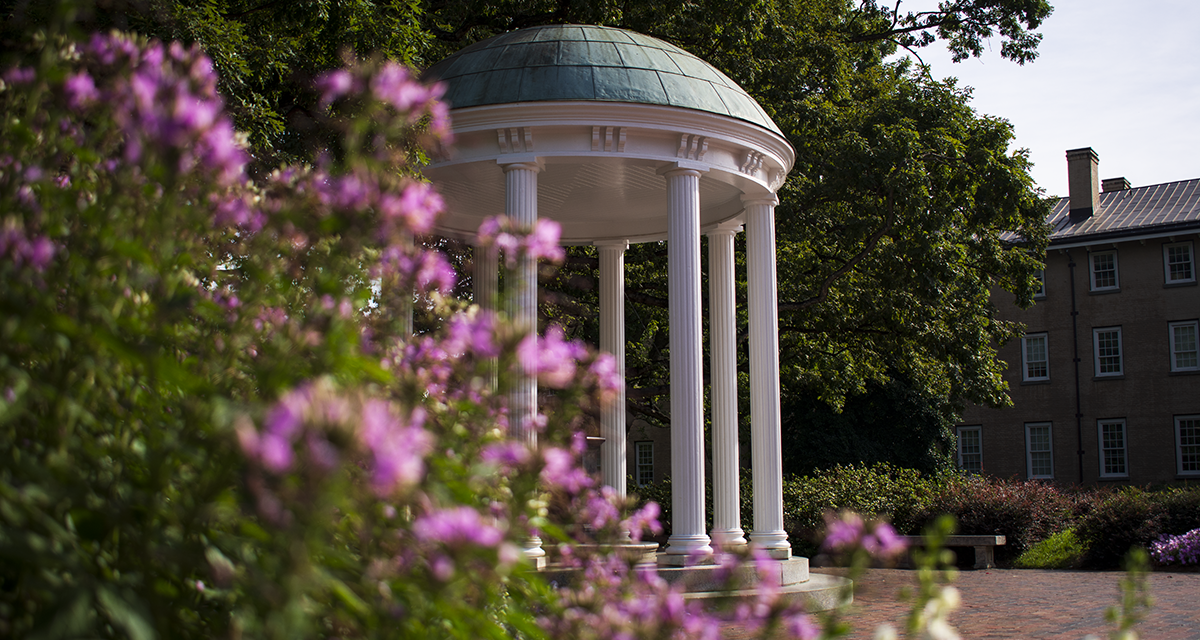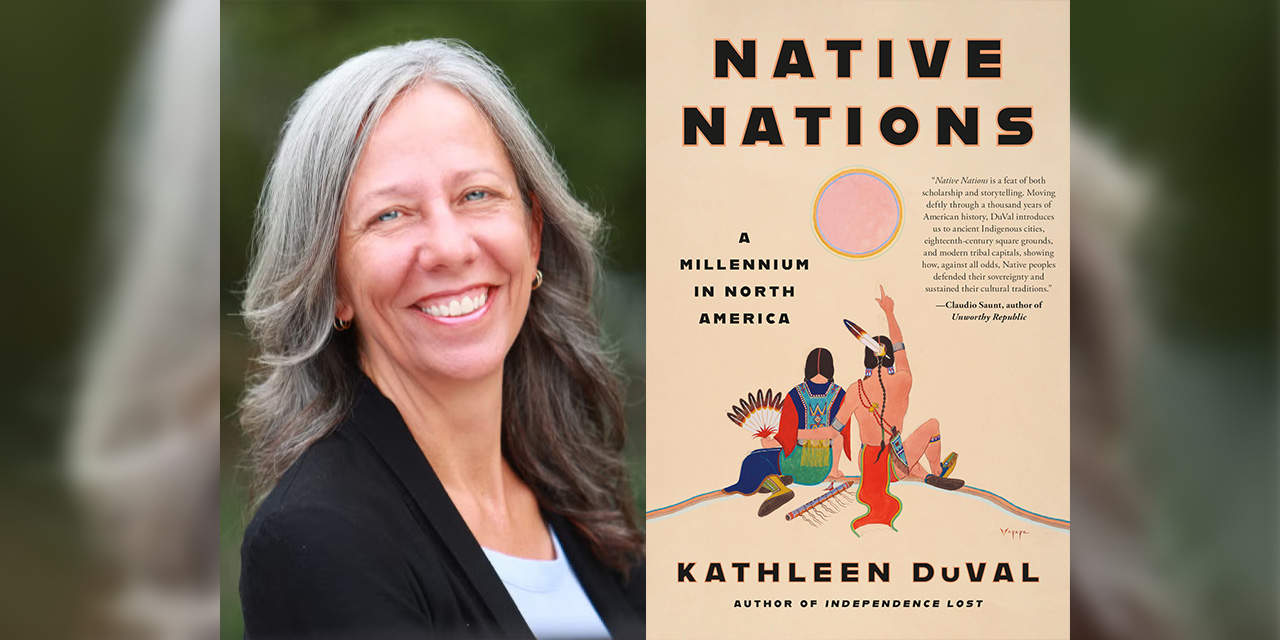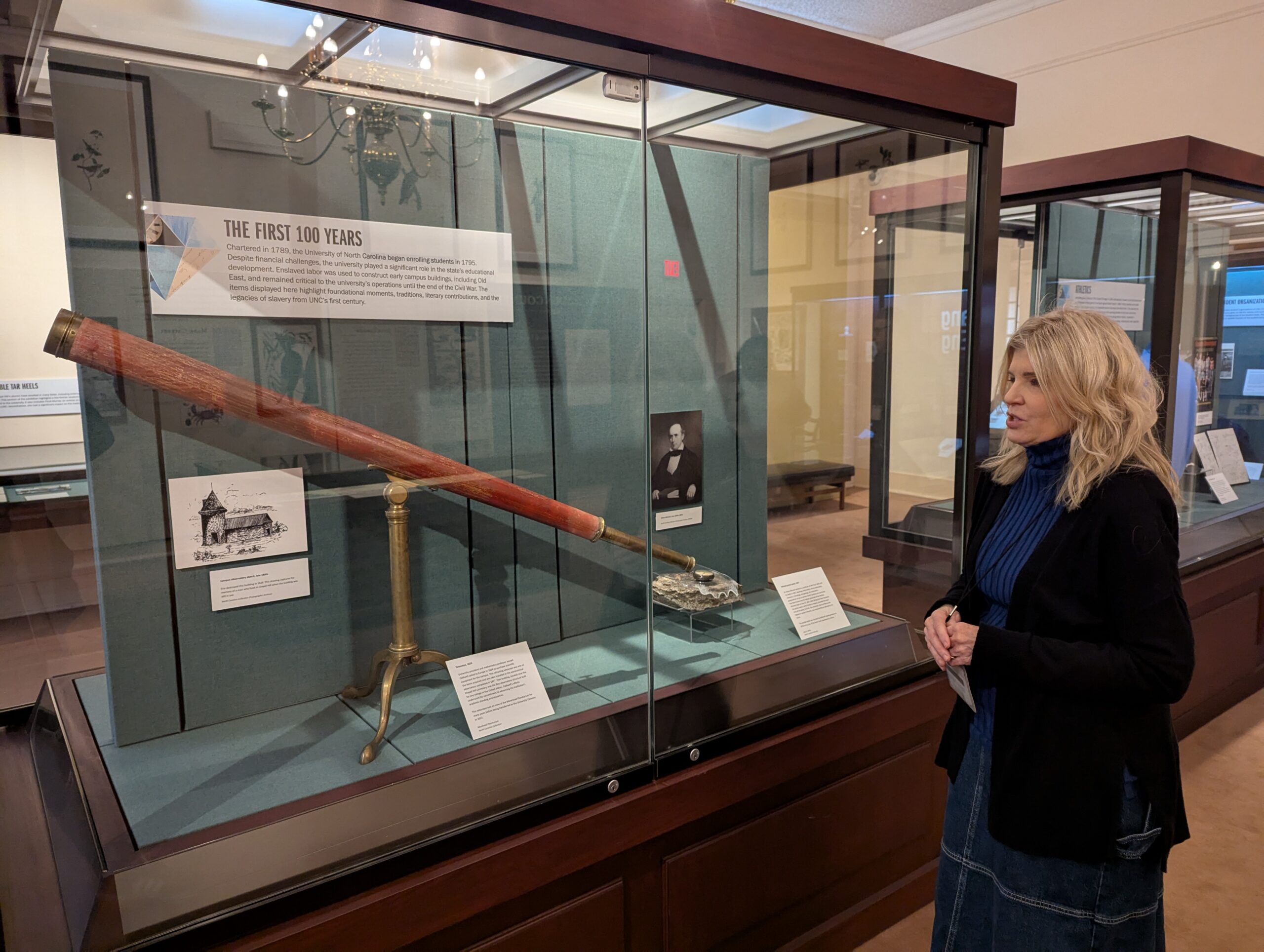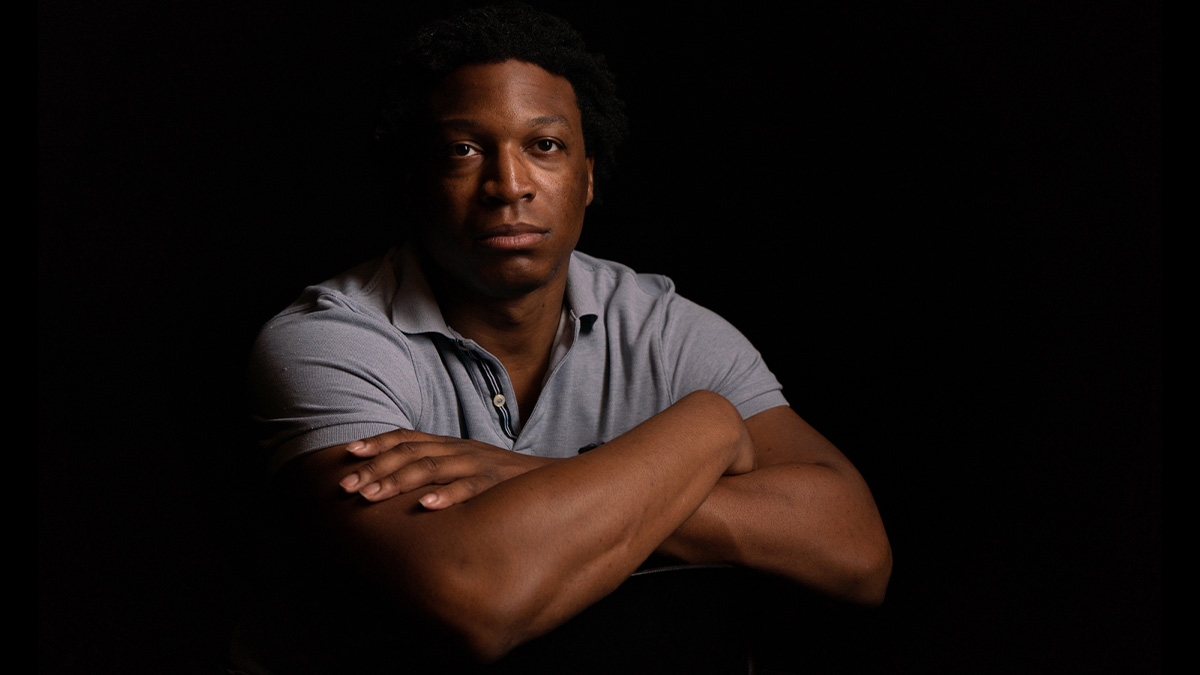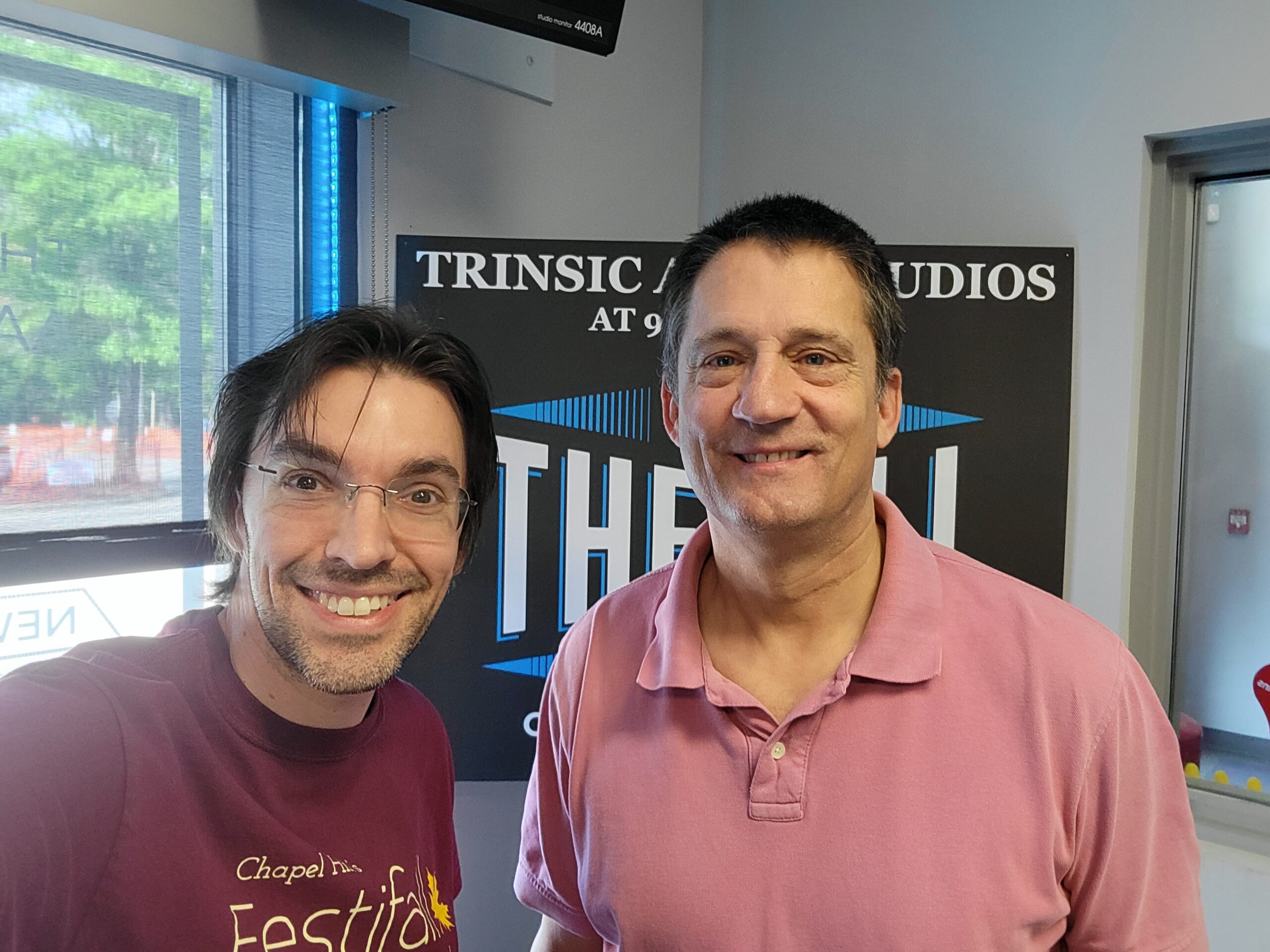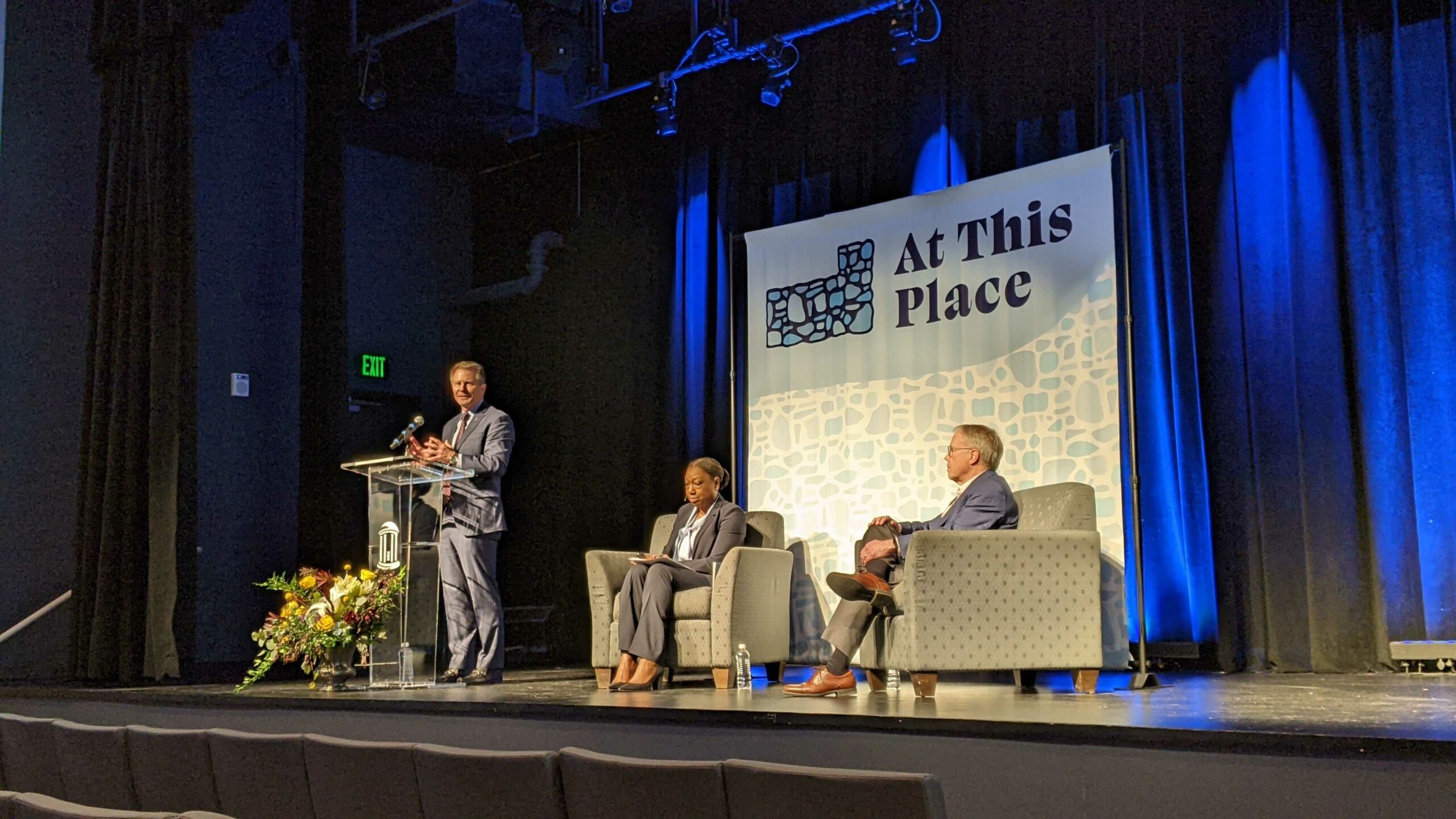UNC faculty members continue to voice their displeasure with the UNC System’s decision to work with a pro-Confederate group over the future of the Confederate monument known as Silent Sam.
Dr. William Sturkey, an assistant professor of history at UNC, wrote an op-ed article in the New York Times titled ‘Why Did U.N.C. Give Millions to a Neo-Confederate Group?’ which was published after the announcement of the system’s settlement with the Sons of Confederate Veterans. Sturkey, who teaches a course on the university’s history with race, as well as courses on U.S. History and the Civil Rights Movement, highlights his and other history professors’ frustrations in the piece.
Sturkey points to the erection of statues like Silent Sam as ways to intimidate black Americans and promote white American’s influence following the Civil War. He describes the choice to provide funds to a group who does not acknowledge that element of the statue’s existence as “an endorsement of a discredited and dangerous idea.”
In a conversation with WCHL, the history professor reiterated his concerns. He said monuments like Silent Sam were created to divide poor white and black citizens politically and he sees the remaining ones have the same effect.
“Even though we’ve gotten rid of the old Jim Crow signs,” Sturkey said, “we still have Confederate monuments dividing people in the state. It’s not rational we fight so hard over Silent Sam, for example, because it costs over half a million dollars a year to keep it up. But it really benefits people politically who don’t want some folks to worry about their healthcare or education and instead be in a tizzy over whether or not a Confederate monument stands.”
The narratives of groups like the Sons of Confederate Veterans, who say the monuments reflect their heritage, concern Sturkey because many facts and research into the post-Civil War era prove the statues’ purpose. He described the UNC’s system’s choice to provide a pro-Confederate group funding as an enormous step backwards in terms of how the topics of race and slavery are approached in academia. Now, the SCV can present Silent Sam how they want, twisting the monument’s context to fit the group’s inaccurate message.
“We know that most of the soldiers who left UNC to fight in the Civil War came from slave owning families,” said Sturkey. “The class of 1860, the average family that a student came from owned 26 slaves. If you think about it, who was attending elite southern schools in the 1860s? That fact will not be included in their context and display of Silent Sam because that runs counter-intuitive to [the SCV’s] historical mission to promote the lost cause.”
In his Times article, Sturkey points to many other top universities’ commitments to addressing their history with slavery. But he said when UNC faculty typically ask for support to deeply study its own, they are told there is a lack of resources.
“What is so striking is this amount of money being given to an organization to study history in a particular way and we get told no all the time,” Sturkey said of the settlement. “‘No, we can’t afford to keep doing the Black History Month lecture. No, we can’t afford a historian of slavery. No, we can’t afford to study the university’s past.’ To turn around and then give this organization $2.5 million is really striking.”
While Sturkey challenged the university’s leadership to further address its difficult past with slavery, he also put the onus of the settlement on the Board of Governors members who negotiated it. He said because the board is appointed by the state legislature, they make decisions fueled by partisan politics.
“I think that we need leaders who are interested in serving and not controlling or punishing people,” he said. “We need people who are interested in serving the republic of the state on these boards.”
At its monthly meeting, UNC’s faculty council passed a resolution condemning the settlement, saying it violates the university’s core values and mission to North Carolina.

